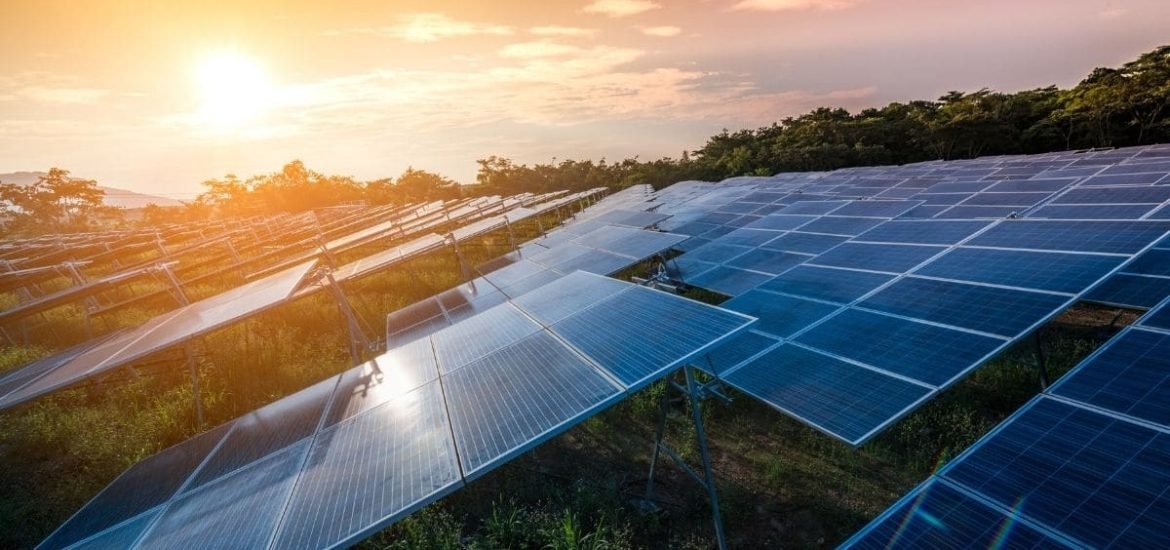
The renewable energy sector will achieve record growth in 2020 despite the global COVID-19 pandemic, according to the International Energy Agency (IEA). Renewables are currently on track to overtake coal as the top power source in the next five years.
In the IEA’s latest report published on 10 October, the Paris-based intergovernmental organisation said that close to 90 per cent of new electricity generation in 2020 will be renewable, placing renewable energy on the path to becoming the biggest power producer by 2025.
Global energy demand is predicted to decline by five per cent and electricity demand by two per cent in 2020 due to the ongoing pandemic. Nonetheless, electricity generated by wind, solar, hydro and biomass is expected to increase by seven per cent globally in 2020.
Overall, renewable electricity generation will be nearly 9,745 terawatt-hours (TWh) within five years, which is “equivalent to the combined demand of China and the European Union”, the report claims.
In the report’s ‘main scenario’, 130 GW of solar power – a key driver of the renewable trend – will be added each year between 2023 and 2025. This increases to 165 GW in the ‘accelerated scenario’. The contribution of wind power, although smaller than solar, will also be considerable. Together, wind and solar will overtake gas by 2024.
Unlike other commodities, renewable energy has proved to be “more resilient than previously thought”, even as other fuels have struggled throughout the coronavirus crisis. A number of factors have allowed the renewable sector to “defy Covid”, according to the report, including falling costs and policy support, as well as continued construction activity even during lockdowns. Manufacturing has been able to bounce back quickly. As the report states: “the fundamentals of renewable energy expansion have not changed”.
The cost of renewable energy is continuously falling, which has allowed renewables to dominate new power infrastructure. Wind, solar, hydro, and biomass are expected to account for 95 per cent of the increase in the world’s electricity generating capacity in the next five years.
“The resilience and positive prospects of the sector are clearly reflected by continued strong appetite from investors – and the future looks even brighter with new capacity additions on course to set fresh records this year and next”, said IEA executive director Dr Fatih Birol Birol in a statement.
One potential risk to the renewable energy sector is the expiry of incentives. Offshore wind and solar subsidies in China and the US, who are among the biggest emitters, are coming to an end this year. “Renewables are resilient to the Covid crisis but not to policy uncertainties”, added Birol.
Fortunately, green policies are gaining momentum in many countries around the world, which will likely give renewables a second wind. The European Union has introduced an “ambitious” climate law obliging each member state to be carbon neutral by 2050 and as part of the agreement, European leaders have pledged to reduce greenhouse gas emissions by 60 per cent by 2030. China, South Korea and Japan all come forward in the past few weeks with net-zero pledges. The recent US presidential victor Joe Biden has promised a $2 trillion spending programme for clean energy in the US.